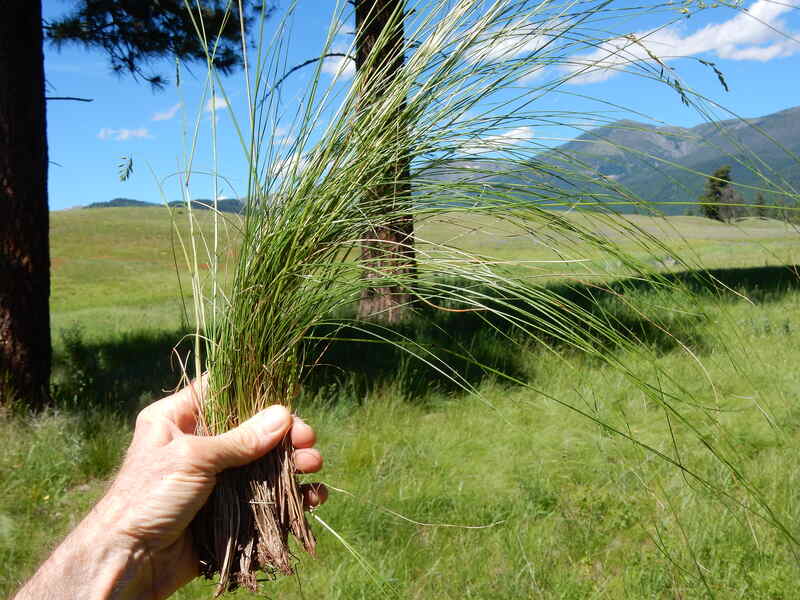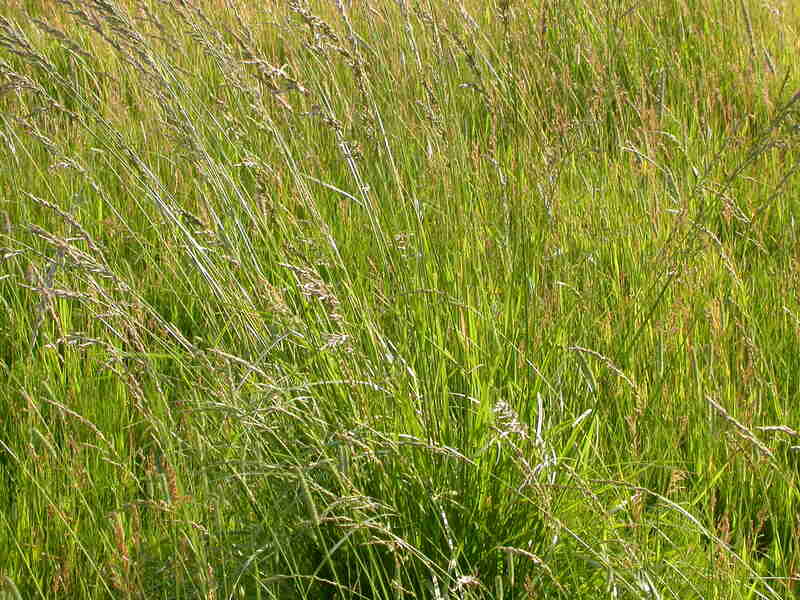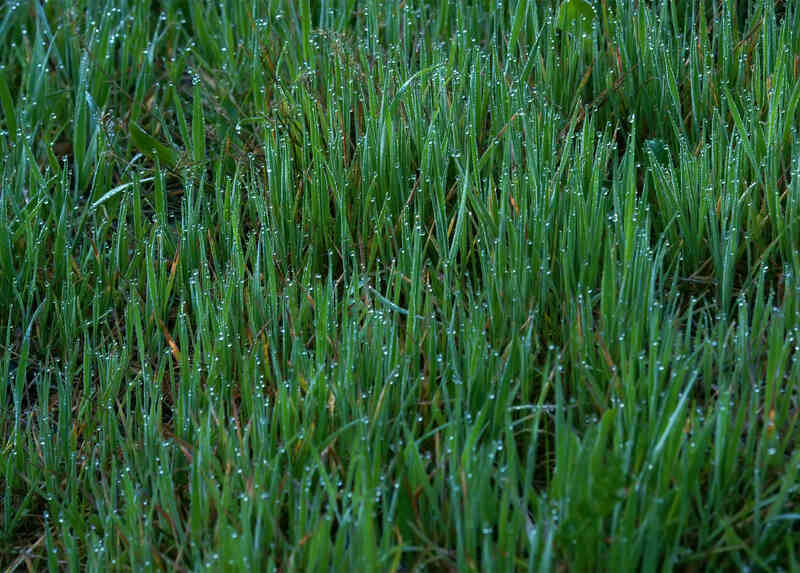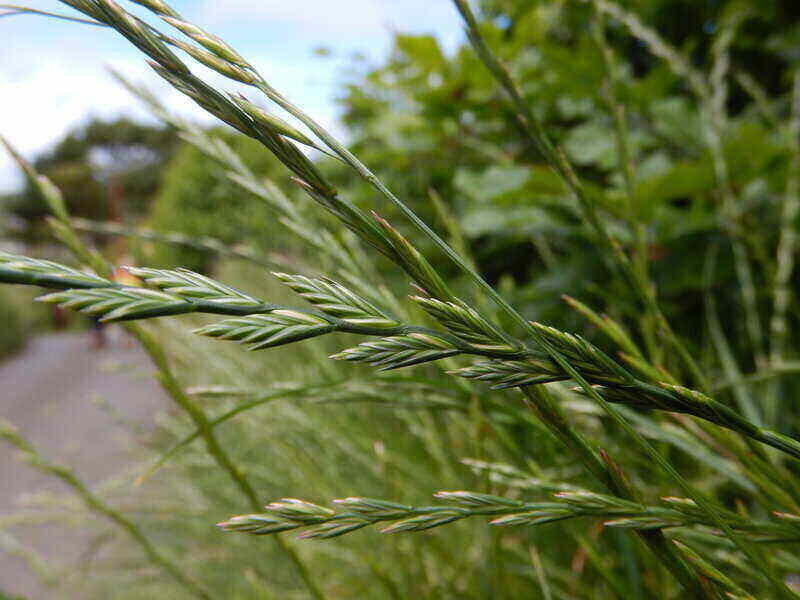4 Best Grass Types for New York Lawns
BY ABDUL WADOOD | MAY 8TH, 2023 | LAWN CARE, NEW YORKOne of the great things about New York is its natural diversity and distinct seasons. But all that diversity has a price: Not all grasses thrive in conditions that swing from hot and humid to cold and icy.
So if a beautiful lawn is a must-have, it pays to know what kinds of grasses do well in our unique climate. Here are four grasses that not only survive but thrive in New York.
In this article:
- Best Grass Types for New York Lawns
- FAQ About New York Grass Types
- How To Choose the Right Grass Type for Your New York Lawn?
Best Grass Types for New York Lawns
There are two types of grasses.
- Warm-season grasses grow best when the temperatures are between 75 and 90 degrees Fahrenheit.
- Cool-season grasses grow the best in regions where the temperatures are between 55 and 75 degrees Fahrenheit.
New York enjoys warm to hot summers and cold winters. The difference is even more pronounced in upstate New York, where regions bordering the Great Lakes experience brutally cold, ridiculously snowy winters. Downstate sees warmer summers with higher humidity levels, but the winters are cold and wet.
Overall, cool-season grasses are best suited to New York’s climate because they tolerate cold well, and the heat isn’t sustained or intense enough to do any real harm.
Let’s take a closer look at each kind:
1. Fine Fescue

Photo Credit: Matt Lavin / Flickr / CC BY-SA 2.0
Fine fescue looks beautiful with its medium green thin grass blades. It tolerates shade and can grow in sunny conditions, too. Fine fescue requires minimal watering.
Fine fescue has a soft texture. However, it can’t tolerate high foot traffic. Fine fescue requires low maintenance but is highly susceptible to red thread and other diseases.
We recommend mixing fine fescue with other cool-season grasses for the best results. New York homeowners usually mix fine fescue with Kentucky bluegrass at a 50:50 or 50:25 ratios.
- Classification: Cool-season grass
- Spreads by: Bunch-type
- Shade tolerance: High
- Drought tolerance: High
- Foot traffic tolerance: Low
- Maintenance needs: Low
- Recommended mowing height: 1.5 to 3 inches
- Potential for disease: Moderate. Prone to red thread, leaf spot, dollar spot, summer patch, and powdery mildew.
2. Tall Fescue

Photo Credit: Matt Lavin / Flickr / CC BY-SA 2.0
Tall fescue has a deep root system, so it tolerates shade and drought. The leaves are dark green in color, with a coarse appearance. You can combine tall fescue with other cool-season grasses for a better lawn appearance.
On the down side, if you plan to use your lawn heavily, avoid tall fescue. It can handle normal yard usage but doesn’t tolerate heavy foot traffic. On the up side, tall fescue resists diseases pretty well but requires frequent mowing and fertilization.
- Classification: Cool-season grass
- Spreads by: Bunch-type
- Shade tolerance: Moderate
- Drought tolerance: Low to moderate
- Foot traffic tolerance: Moderate
- Maintenance needs: Frequent mowing and fertilization
- Mowing height: 2 to 4 inches
- Potential for disease: Tolerant of most diseases when you properly maintain
3. Kentucky Bluegrass

Photo Credit: Ferran Pestaña / Flickr / CC BY-SA 2.0
Kentucky bluegrass looks beautiful with its soft-textured, fine grass blades. It forms a dense, medium- to dark-green lawn. Kentucky bluegrass grows best in full sun and is suitable for yards with high foot traffic. It also recovers quickly from damage.
Kentucky bluegrass requires high maintenance and is susceptible to many diseases, so, it’s a good option only if you mix it with other cool-season grasses. You can use a grass blend of 75% Kentucky bluegrass and 25% fine fescue or perennial ryegrass.
- Classification: Cool-season grass
- Spreads by: Rhizomes
- Shade tolerance: Low
- Drought tolerance: Moderate
- Foot traffic tolerance: High
- Maintenance needs: Moderate mowing frequency and high fertilization needs
- Mowing height: 2 to 3 inches
- Potential for disease: Moderate. Prone to diseases such as dollar spot, leaf spot, necrotic ring spot, summer patch, and stripe smut.
4. Perennial Ryegrass

Photo Credit: Matt Lavin / Flickr / CC BY-SA 2.0
Perennial ryegrass germinates in five to fourteen days, making it one of the fastest-growing grasses. It looks beautiful with its dense, dark green leaves. Perennial ryegrass grows best in full sun and with regular watering.
Perennial ryegrass tolerates high-foot traffic but can’t quickly recover from damages as it lacks rhizomes. It’s susceptible to gray leaf spot and leaf thread. You can mix perennial ryegrass with Kentucky bluegrass at a 75:25 ratio for the best results.
- Classification: Cool-season grass
- Spreads by: Bunch-type
- Shade tolerance: Low
- Drought tolerance: Moderate
- Foot traffic tolerance: High
- Maintenance needs: Moderate
- Mowing height: 2 to 3 inches
- Potential for disease: High. Common diseases include gray leaf spot and red thread.
FAQ About New York Grass Types
If your lawn is shady, go with fine fescue. Tall fescue also tolerates shade and survives with four hours of dappled sun.
Fine fescue does well in dry conditions.
If you plan to use your lawn heavily, go with Kentucky bluegrass or perennial ryegrass.
Fine fescue is the best option for a low-maintenance lawn.
Grass Comparison Table
| Cool-Season Grasses | Spreads By | Shade Tolerance | Drought Tolerance | Maintenance Needs |
| Fine fescue | Bunch-type | High | High | Low |
| Tall fescue | Bunch-type | Moderate | Moderate | High |
| Kentucky bluegrass | Rhizomes | Low | Moderate | Moderate |
| Perennial ryegrass | Bunch-type | Low | Moderate | Moderate |
How To Choose the Right Grass Type for Your New York Lawn?
Cool-season grasses can quickly adapt to New York’s climate. Analyze your lawn’s condition and choose a grass type that best suits your requirements.
A good lawn isn’t all about planting the correct grass. It also includes choosing the best native plants and proper maintenance. For a closer look at how to get your lawn in tip-top shape for the warm-weather months, see this Wikilawn guide to spring lawn care in New York.
If you want a lush, green, and healthy lawn without breaking a sweat, Wikilawn New York lawn care experts can help.
Main Image Credit: Pixabay